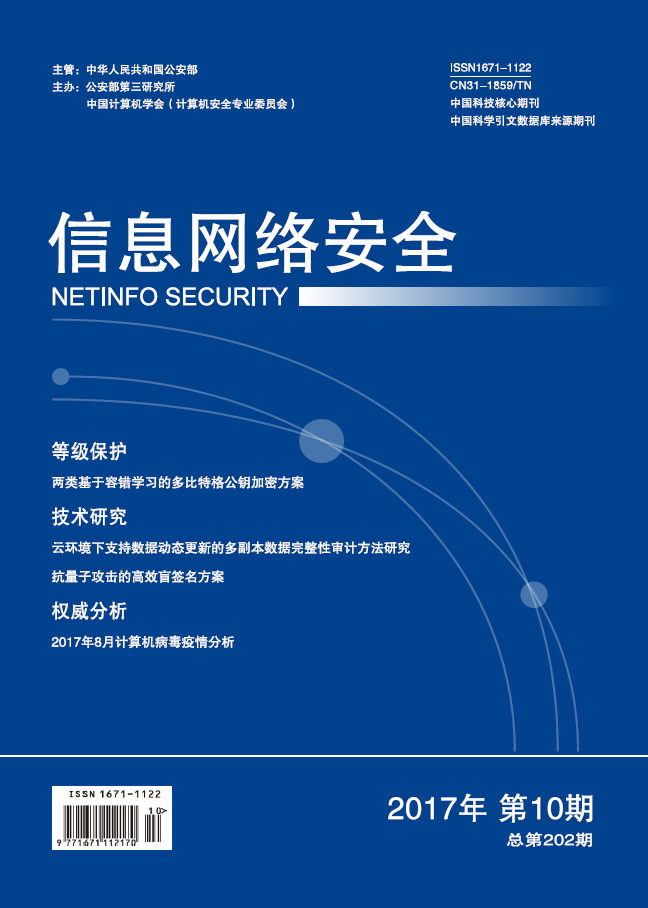As a classical hard problem of post quantum cryptography, LWE was used to design various public-key encryption algorithms and cryptographic protocols based on lattice. Based on LWE assumption, Gentry proposed a dual version of the Regev encryption scheme, which further promoted the development of public key cryptography. It causes that most existing cryptographic algorithm constructions use Regev scheme or GPV as the basic cryptography building block. However, most existing researches on lattice-based public key encryption scheme focus on the single bit encryption, but two simple methods usually were used to obtain the multi bit encryption, i.e., either encrypting the matrix directly, or, iterating single bit encryption schemes. These two kinds of calculation are costly and inefficient. In this paper, inspired by the multi-bit fully homomorphic encryption scheme by Li et al., two kinds of new public keys are constructed respectively, which contain multiple LWE instances, instead of only one. Then we construct two kinds of multi-bit lattice-based encryption using two new public keys, i.e., Regev and GPV as the building blocks respectively, and proved them CPA secure under LWE assumption.

